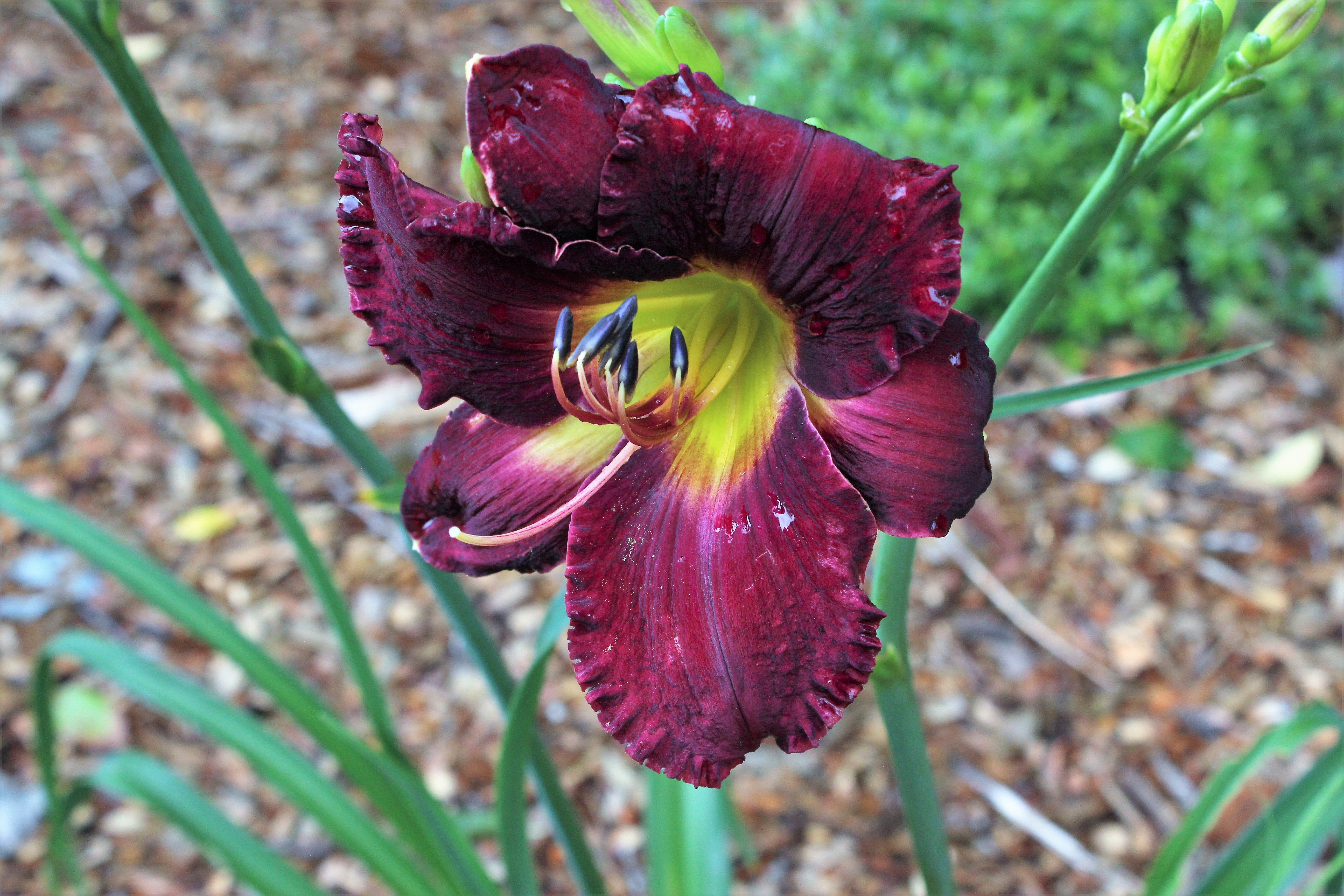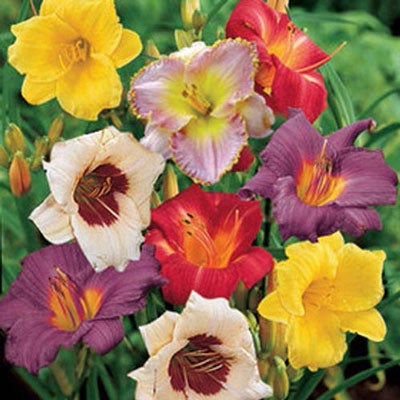Landscaping with Daylilies
Published 10:36 am Friday, August 28, 2020
|
Getting your Trinity Audio player ready...
|
by Max Phelps
Yards to Paradise
The daylily has been steadily growing as a fad for the garden, with over 80,000 varieties registered with the American Hemorocallis (daylily) Society. Rather amazing, that’s more options in this plant than you have in beans and tomatoes, or apples and daffodils combined.
My fondness for this plant is a much more subdued, but it’s such an easy to grow and hardy perennial, available in just about every color except crimson or pure blue, how can I not recommend a few for the landscape or garden.
The only native daylily to the USA is the tall orange one, hemorocallis fulva. Most hail from Asia. Hybridizers have had a fieldday with this plant over the past sixty years or so, creating new attractive color combinations, and bigger bolder blooms. Yet, the best bet to bloom all summer is still the Stella d’Oro with it’s compact plants and orangish blooms.
Some go dormant, some remain evergreen, and many are somewhere between, depending on temperatures and length of the winter. The evergreen ones can be killed in cold climates. Some begin blooming early, some begin late summer, and many fall in between. Most bloom for a couple weeks, but those that bloom both early and late or even all summer are called ‘reblooming’ daylilies. Some are a foot tall and some get four feet plus in height. Blossoms vary from petite to eight inches wide, some are double, and some resemble spiders.
This plant loves sun, but also does well in part shade. It likes fertile and slightly damp soil but tolerates drought or floods and bounces back. The clumps slowly expand, like most perennials do, and most commonly new plants are obtained by taking a portion of the entire plant and starting it in a container or somewhere else in the yard or garden. Taking up an entire plant and dividing it into multiple little clumps of two or more fans or sets of leaves, along with sufficient roots, is an ideal way to invigorate an older plant while also producing numerous new starts for your own garden or to give away to friends, or perhaps even to sell.
Careful selection of varieties can mean you have some blooms from May until frost. Though a good number of bloom spring and fall, the majority of cultivars just bloom for a spell of a month or less. Each blossom only is open for one day, or one night and one day for the nocturnal ones. The scapes bear several buds, and new blooms open for a couple weeks or more in most varieties.
Daylilies are pretty good at erosion control after the first season, and also at keeping annual weeds down. Rabbits usually don’t eat them, but deer will. And I’ll eat them too, if I’m hungry. The unopened blossoms make good in a salad or stir-fry. Blooms are used in Oriental cooking. And the little nodules of stored energy on the roots are like small peanuts or tiny potatoes, and definitely are edible…even very tasty if harvested at the right time. Pickled daylily buds anyone, or battered and fried blooms?
You can plant them most anytime but try to avoid midwinter or dividing a plant while it is in bloom. It is a good idea to cut the tops back to help growing plants adjust to the new spot during hot or dry weather. Plants growing in containers can be planted anytime.
Sometimes you may be able to beg gifts from neighbors or buy from a roadside market or from a farm or gardener. Online/mailorder merchants will offer many varieties, usually shipping bare root plants spring, late summer and fall. Expect to pay quite a sum for the newest and prettiest varieties; older ones can often be bought in quantity for $3 or so per plant. If you are patient, one expensive plant can be divided in about three years to provide you extras.
Consider some daylilies the next time you are doing some flower planting. The ease of growing them and the many color and size combinations make growing these perennials a no-brainer. And remember that if you can bear to eat pretty blooms, their blossom buds are a delicacy.
For more information email rockcastles@gmail.com





